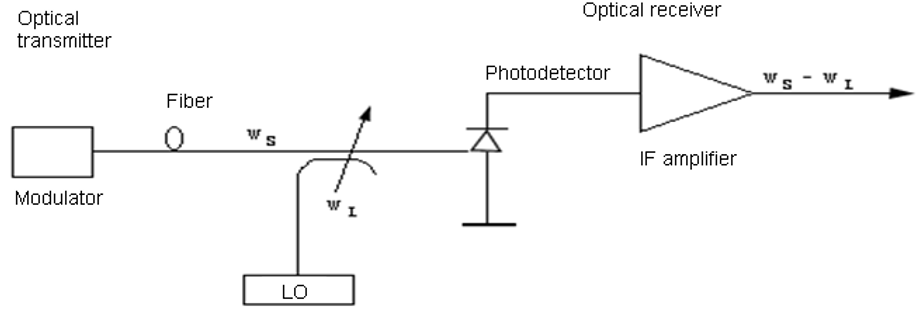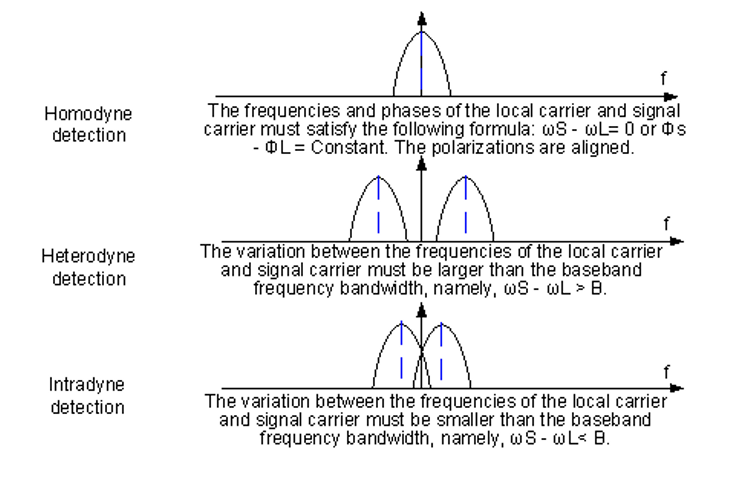What Is Coherent Communication?
Definition of coherent light
A coherent light consists of two light waves that:
1) Have the same oscillation direction.
2) Have the same oscillation frequency.
3) Have the same phase or maintain a constant phase relationship with each other. Two coherent light waves produce interference within the area where they meet.
Principles of Coherent Communication
Coherent communication technologies mainly include coherent modulation and coherent detection.
Coherent modulation uses the signals that are propagated to change the frequencies, phases, and amplitudes of optical carriers. (Intensity modulation only changes the strength of light.)
Modulation detection mixes the laser light generated by a local oscillator (LO) with the incoming signal light using an optical hybrid to produce an IF signal that maintains the constant frequency, phase, and amplitude relationships with the signal light.
The motivation behind using the coherent communication techniques is two-fold.
First, the receiver sensitivity can be improved by up to 20 dB compared with that of IM/DD systems.
Second, the use of coherent detection may allow a more efficient use of fiber bandwidth by increasing the spectral efficiency of WDM systems

Unlock Premium Content
Join over 400K+ optical network professionals worldwide. Access premium courses, advanced engineering tools, and exclusive industry insights.
Already have an account? Log in here




